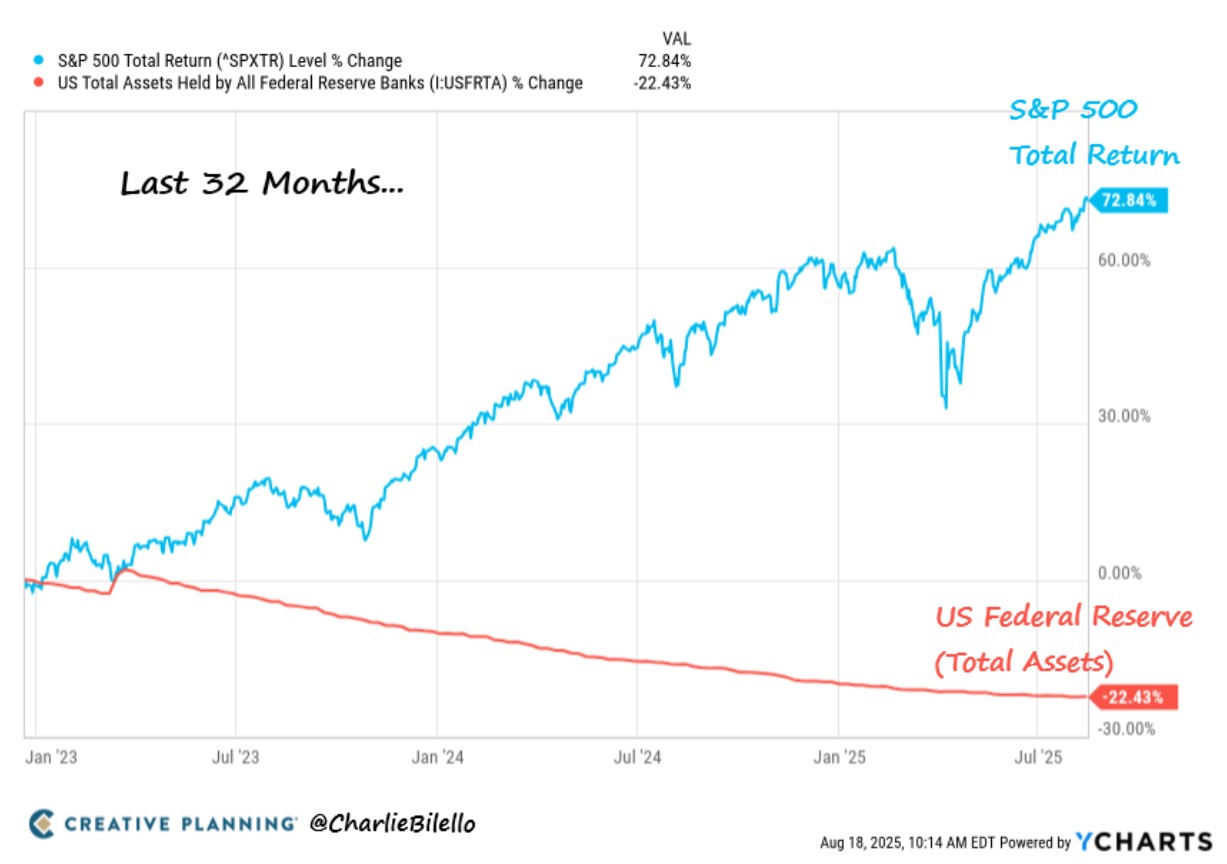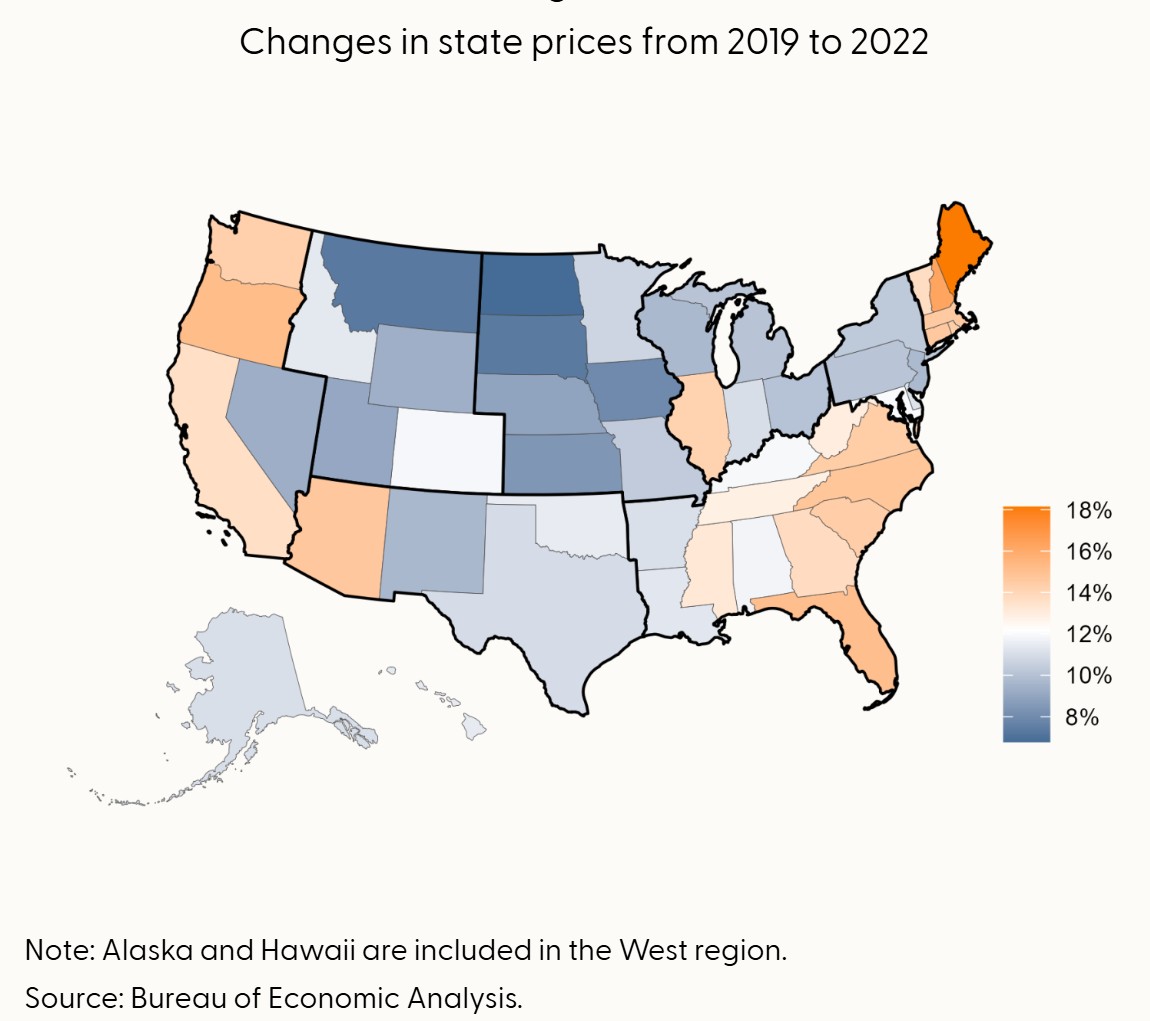Benjamin Franklin famously wrote in a letter, “In this world nothing can be said to be certain, except death and taxes.”
Little did he anticipate a third certainty that behaves like both: inflation. It creeps in slowly, yet hits with lasting consequences, especially in retirement.
Consider that 64% of Americans say they fear running out of money in retirement more than death itself, according to an Allianz Life survey. While many factors feed that fear, rising prices are the biggest culprit. More than half (54%) of those surveyed said inflation is what keeps them up at night.
Sign up for Kiplinger’s Free Newsletters
Profit and prosper with the best of expert advice on investing, taxes, retirement, personal finance and more – straight to your e-mail.
Profit and prosper with the best of expert advice – straight to your e-mail.
“Inflation is the silent killer of retirement,” says Will Kellar, CFP® and managing partner at Human Investing. “Left unchecked, it steadily erodes purchasing power and can derail even well-funded plans.”
This is the essence of the retirement rule of the shrinking dollar, a reminder that how you plan, spend and invest can either slow the erosion of your purchasing power — or speed it up. And the steps to navigate it touch nearly every part of your financial life, from your portfolio to your grocery bill.
Why the ‘rule of the shrinking dollar’ matters most in retirement
If you wonder why McDonald’s no longer has a dollar menu, the answer is inflation. Yet a modest level of inflation is considered normal and even necessary for a healthy, growing economy.
However, when inflation becomes unpredictable or rises too quickly, it chips away at purchasing power and creates economic uncertainty. That’s especially problematic for retirees, who often live on a relatively fixed income.
Even moderate inflation can take a toll. For example, if you need $60,000 a year to live comfortably today, that same lifestyle could cost over $108,000 in 25 years with just 2.5% annual inflation.
“The biggest mistake is pretending inflation can’t be planned for,” says Melissa Caro, CFP® and founder of My Retirement Network. “You don’t need to predict the exact number; you just need to budget for it. And if you end up overestimating, you’ve built yourself some breathing room.”
Caro says planning needs to happen in two key areas: “Your investments have to grow enough to cover rising costs, and your spending plan has to be flexible.”
Fighting inflation in your portfolio
Inflation doesn’t just raise prices; it also reduces the real return on your investments. In other words, without proper planning, your portfolio’s ability to support your retirement lifestyle may decline over time.
“Going too conservative too early can backfire,” cautions Caro.
But how do you guard against that when the common advice in retirement is to play it safe?
“The best defense is a diversified portfolio that includes an appropriate allocation to stocks,” says Kellar. “While equities bring short-term volatility, they’ve never experienced a total and permanent loss. In fact, over the long run, they’ve been the most reliable hedge against rising costs.”
For example, analyst Charlie Bilello found that over the last 30 years, inflation cut the value of a dollar in half. During that time, the S&P 500 delivered an after-inflation gain of 870%.

(Image credit: Charlie Bilello and Y Charts)
Kellar adds: “Pairing equities with inflation-protected bonds and cash reserves gives retirees both staying power and flexibility.”
Where your investment funds are located matters, too. Mark Stancato, CFP® and founder of VIP Wealth Advisors, recommends taking advantage of tax diversification.
“Having both Roth and pre-tax accounts gives retirees flexibility to adjust withdrawals in high-inflation years without blowing up their tax bracket,” he says.
Retirement’s biggest inflationary threat: health care
A report from the Center for Retirement Research at Boston College found that 12% of the median retiree’s total income went to medical expenses. And for many, about 25% of their Social Security benefits were consumed by health care costs alone.
“Healthcare is the standout as far as vulnerability. It almost always rises faster than general inflation and needs to be modeled separately,” says Caro.
Kellar agrees, noting: “While overall inflation has averaged around 3 percent, healthcare has risen closer to 5 percent, a gap that compounds dramatically over a 20- to 30-year retirement.”
To combat this, Kellar recommends tools like Health Savings Accounts (HSAs), which offer a rare triple tax advantage: contributions reduce taxable income, grow tax-deferred and can be withdrawn tax-free for eligible medical expenses.
Flexible spending to navigate fluctuating prices
While some rising costs are expected, others can catch retirees off guard. Take, for example, the recent spike in egg prices, which jumped over 350% per dozen at one point in 2025 compared to the same period last year.
That’s why financial experts emphasize the importance of flexibility.
“A 30-year retirement is like running three very different marathons back-to-back,” says Stancato. He suggests following dynamic spending rules. That is, adjusting discretionary categories, such as travel or dining out, based on market performance or inflation levels, while keeping essential expenses covered.
Kellar calls this a “tiered spending plan.” He explains: “Cover your must-have essentials first, then add flexible layers for discretionary expenses like hobbies or vacations. That way, if inflation runs hotter than expected, you can make changes without jeopardizing your quality of life.”
Don’t assume all costs will drop in retirement either. “Even if the mortgage is paid off, housing costs remain a big pressure point,” says Caro. “Property taxes, insurance and maintenance don’t stand still.”
Moving to cheaper climates
Inflation isn’t uniform. It varies from state to state due to factors such as local taxes, climate-driven consumption patterns and transportation costs. That means where you live can have a big impact on how far your retirement dollars stretch.
This was most apparent during the COVID pandemic, as prices fluctuated widely around the U.S., according to research by the Federal Reserve Bank of San Francisco.

(Image credit: Federal Reserve Bank of San Francisco, “The Changing Disparity in Prices Across States,” April 7, 2025 letter.)
That’s why more people are increasingly “choosing ‘geographic arbitrage,’ relocating to lower-cost states or even countries for part of the year,” says Stancato.
Popular retirement destinations abroad, including Thailand, Malaysia, Ecuador, Colombia, Mexico and Portugal, can offer major savings on housing, health care and everyday expenses compared to the U.S.
Still, it doesn’t always pay to let inflation dictate your zip code. “Inflation-proofing isn’t about hiding from rising prices, it’s about building flexibility into both your portfolio and your life,” Stancato adds.
We may not be able to avoid death, taxes or the effects of a shrinking dollar. But we can adapt. As Franklin wisely put it: “Energy and persistence conquer all things.”


